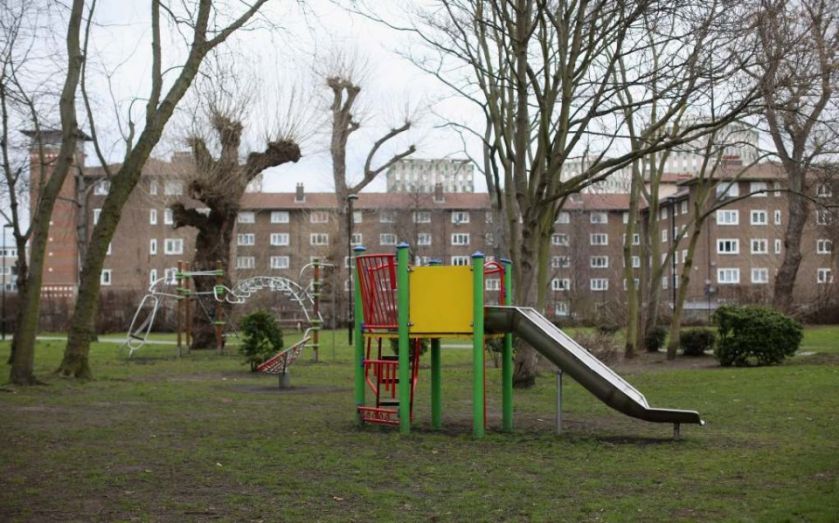Child poverty is thankfully not rising – but the archaic definition needs to go

David Cameron is feeling the heat. This is not just a consequence of the sudden dramatic rise in London temperatures. The need to extract something meaningful from our EU partners and the increased threat of terrorist attacks are sleep-depriving problems. But the Prime Minister did have one good result during the past week. Despite widespread predictions to the contrary in the liberal media, the newly-released child poverty figures showed that there had been no increase in the number of children in poverty over the 2011-12 to 2013-14 period.
According to official statistics, the number is still high, at 2.3m. This represents 17 per cent of all children. But apart from a small blip at the height of the 2008-09 recession, the trend has been slowly but steadily downwards since 2000, when 26 per cent were classed as being poor. A child is classed as being in poverty if the household has an income of less than 60 per cent of the UK median. The median is the level at which half of all households have an income above that level, and half are below. It is currently around £25,000 a year in the UK, so a poor household is one which has an income below £15,000.
Life isn’t much fun on that sort of income, and no amount of intellectual juggling can get away from this point. But the official definition of child poverty is a pretty odd one. The idea that an income below 60 per cent of the median made you poor was dreamt up in the 1960s by leftist academics like Peter Townsend, then at the LSE. It meant, quite literally, that the poor would always be with us. If, by the stroke of a magic wand, everyone’s real income in the UK were doubled overnight, the median level would be £50,000 a year. And those with less than £30,000 would then be deemed poor.
More importantly, the data on household incomes in any year are a snapshot taken at a particular point in time. The information does not tell us how people move over time.
In fact, there is a decent amount of mobility in terms of moving up and down the income ladder, as the work of scholars like Tony Atkinson at Nuffield College, Oxford shows. Being poor today does not necessarily mean you will be poor tomorrow. Sajid Javid was the son of a bus conductor in Rochdale. He is now a multi-millionaire and in the Cabinet.
There is a large scientific literature on the question of income mobility. But as a broad summary, both here and in the US, 40 per cent of all households in the bottom 20 per cent of the income distribution will still be there in 10 years’ time. But this means that 60 per cent have moved up, around 10 per cent of them into the top 20 per cent of all incomes.
Rather than being stuck with one that is little more than a relic of the ideology of the 1960s, a more realistic definition of child poverty would take account of these dynamics.